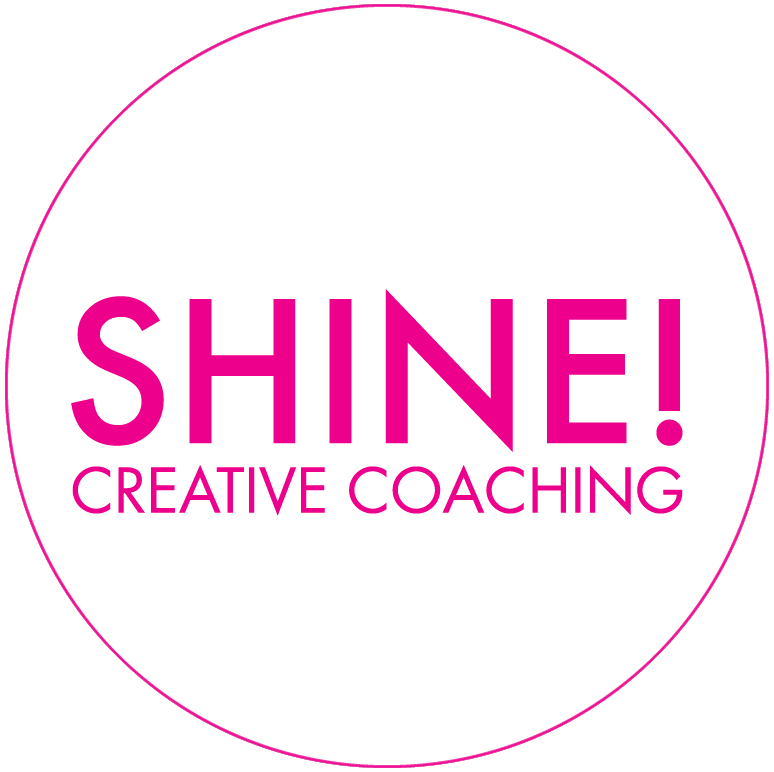Step Away From The Podium
PIN ME FOR LATER!
For many speakers, a podium provides a little stability as you face the crowd. It gives you a place to store your water bottle. You have somewhere to put your hands. Odds are good your laptop is close by, so you can easily see your slides.
But let's be honest, a podium is a security blanket. It creates a barrier. More specifically, it covers many of your vital organs, and since our poor lizard brains have never found a good way to differentiate between the anxiety of being eaten by a saber-toothed tiger and the anxiety of being judged by a room full of shareholders, that feels like a good thing.
But cutting yourself off from your audience takes away access to one of your most powerful public speaking tools: your body.
Letting Your Body Speak
If you think about the most compelling speakers you've seen, they almost always step away from the podium. From dynamic TED Talks, to Steve Jobs announcing the next generation iPhone, influential speakers use their bodies to convey their message and engage with their audiences. After all, body language is equally as powerful as the spoken word.
If audience members can see your body language clearly while you speak, they're far more likely to remember what you said. And leaving your body exposed, unprotected by that column of podium, speaks to that lizard brain part of your audience too. It communicates that that you trust they're not going to eat you, either literally or metaphorically. In return, they're far more likely to trust you too.
What Is Your Body Saying?
Using your body effectively in public speaking sets the tone before you've even said a word. You want to exude openness and confidence. You're someone who knows what they're talking about, someone the audience can trust. Sometimes, the extra energy we feel when in front of a crowd can get us working too hard. Working too hard manifests as muscular tension, and tension tends to read as less capable, less open, and less compelling than we really are.
One of my favourite resources when it comes to using your body effectively in public speaking is The Second Circle by Patsy Rodenburg. According to Patsy, there are three circles of energy, and even if the idea of energy circles feels a little out there to you, you've definitely seen these in action.
The first circle is the circle of withdrawal, shyness and hesitation. Bodies in the first circle have a small circle of energy, it isn't large enough to include the people they're talking to. Here's what that could look like: shoulders may curve forwards, heads or eyes are down, hands are usually clasped in front or crossed over the chest (still trying to protect those vital organs!). This kind of body language says "look away!" and "I'm not important." If this is where you start your talk from, you'll have a hard time winning over the crowd.
The third circle (we'll come back to the second in a minute) is the circle of bluff. Bodies here may have artificially "good" posture - shoulders back and chests out. Hands might be on hips as a subconscious attempt to take up more space. This circle tries to prove "I know what I'm talking about" but it is demonstrated rather than truly felt. We all know people like this, and spending long periods of time with them (say, the duration of a keynote address) is never a comfortable experience.
The second circle is natural, open, and relaxed. Bodies in this circle exude calm, confidence, and trust. They're centred and available. They move freely, the way bodies are designed to do. They own their space with ease, but leave room for other people to hold space too. Remember how we talked about a speech actually being a conversation with the people in the room? Part of that is giving space to your audience.
Second circle speakers are the most compelling, because their body language says "not only am I confident in what I have to say, but I trust you to listen." It creates natural curiosity and empathy with the room, keeping the audience engaged.
Look again at some of your favourite talks (or check out some of mine). Which circle is the speaker in? Chances are pretty good it's the second one. Think about where their hands are, what their posture is like, where they position their feet, and how they hold their head. Once you've done that, do some people watching in the real world: at the office, at home, on the street. How do most people hold themselves? Does it change depending on the situation?
The key detail here is that, even if your habitual body language is more retiring or too tense and held, speaking from the second circle is something that can be learned. If you're ready to begin working on it, send me an email and we can talk about how to get you there.


